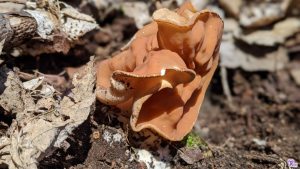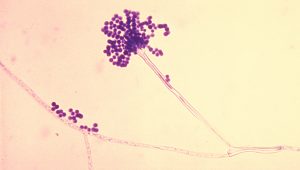#219: Coprinellus domesticus
One of the most unusual things I found in my first year of mushroom hunting was a log covered with a layer of orange fuzz – reminiscent of shag carpeting, which looks out-of-place in a natural setting. After much searching, I discovered that the fuzz was produced by a mushroom: Coprinellus domesticus. The mushroom itself is an inky cap, but the fuzz – called an ozonium – lasts longer and is therefore easier to find. Nobody knows why the fungus makes an ozonium, but it certainly makes identification easier. You might also find this mushroom fruiting in your bathroom. As its species name implies, the fungus routinely appears in wet areas of homes. The mushroom has a few common names that are used occasionally. These include the “Firerug Inkcap” (primarily British), “Retro Inky” (from MushroomExpert.Com), and “Domestic Inkcap” (translated from French).

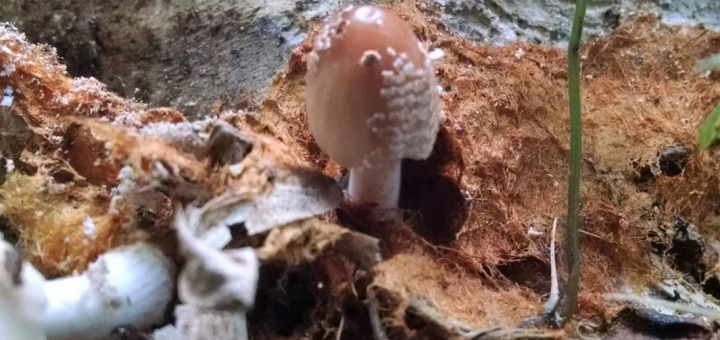
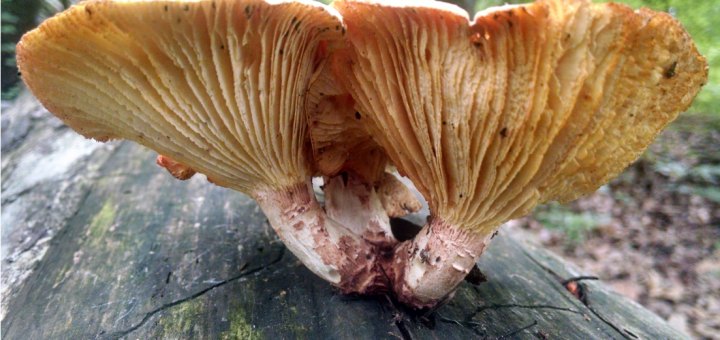
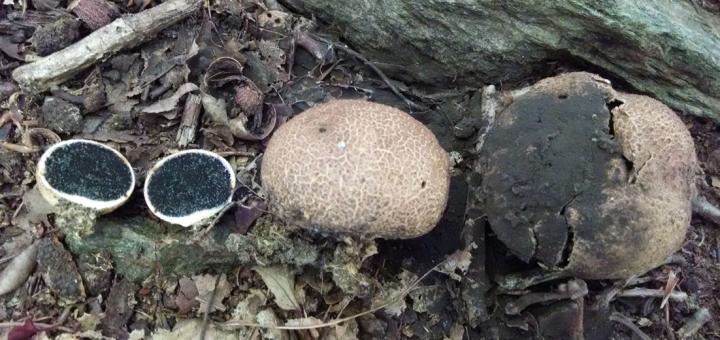
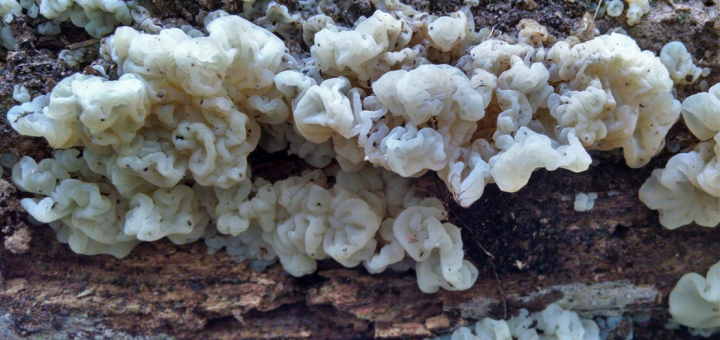
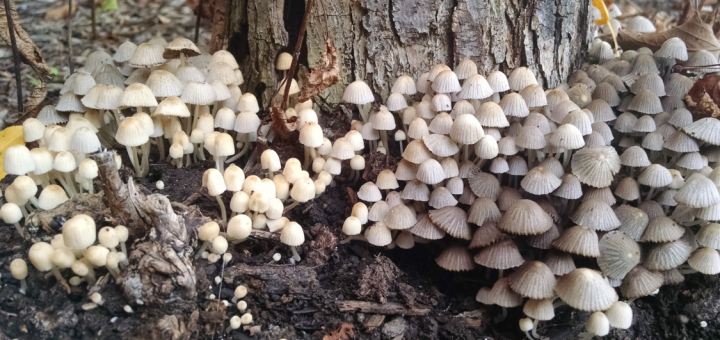
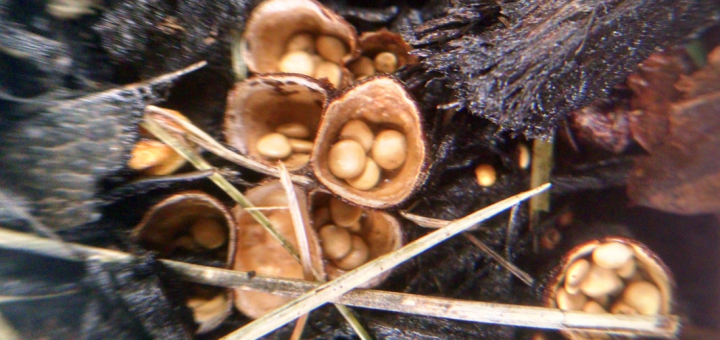
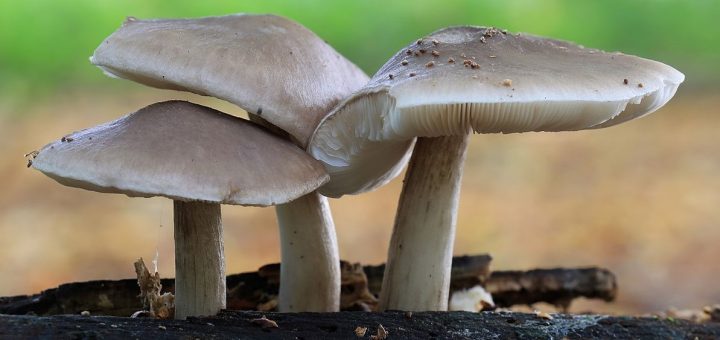
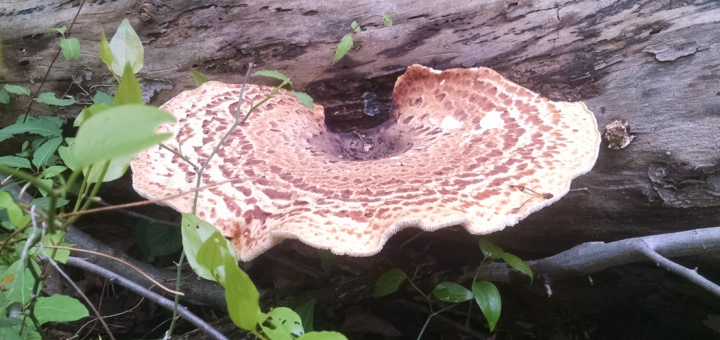
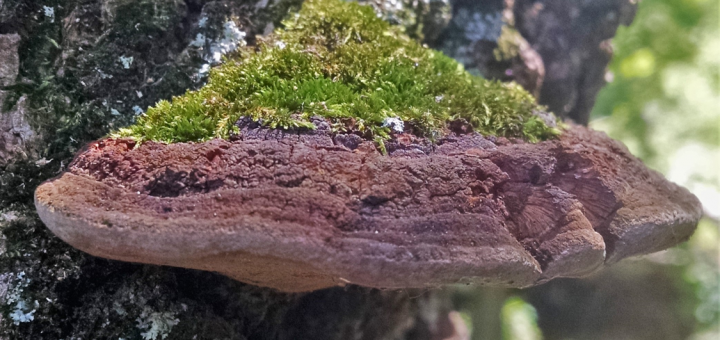
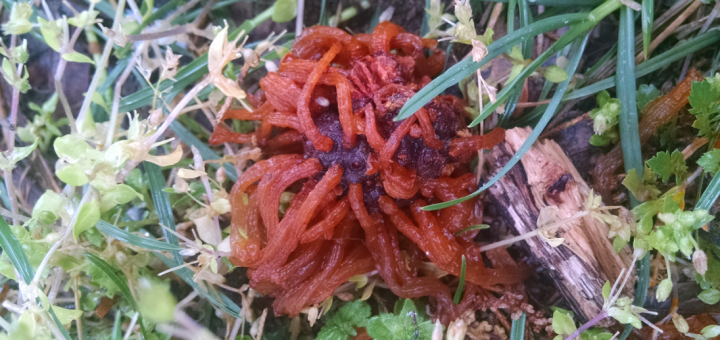





![#011: Characteristics of Kingdom Fungi [Archived]](https://www.fungusfactfriday.com/wp-content/themes/hueman/assets/front/img/thumb-small-empty.png)

